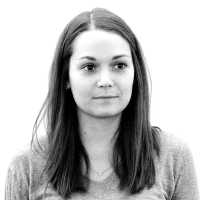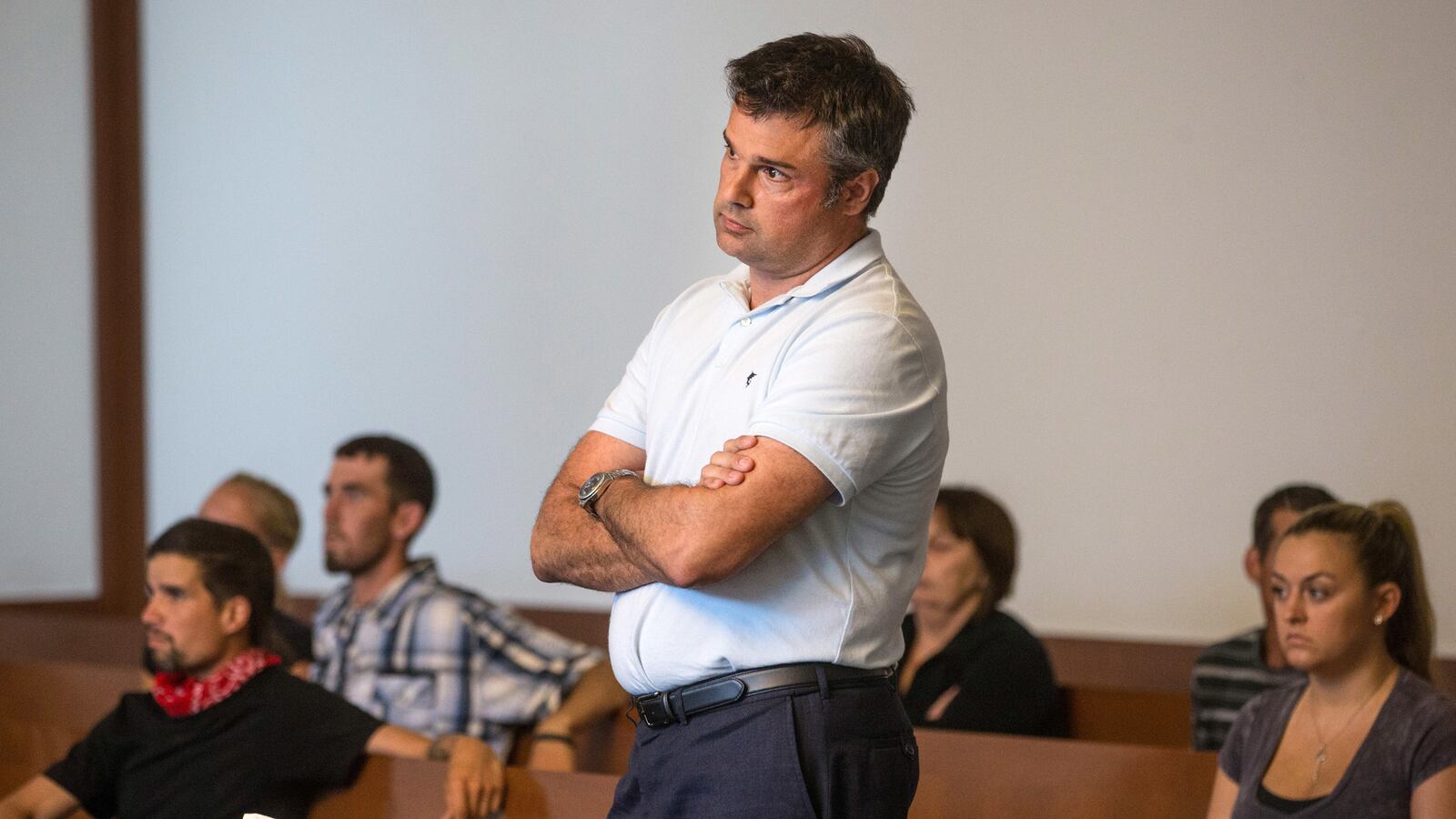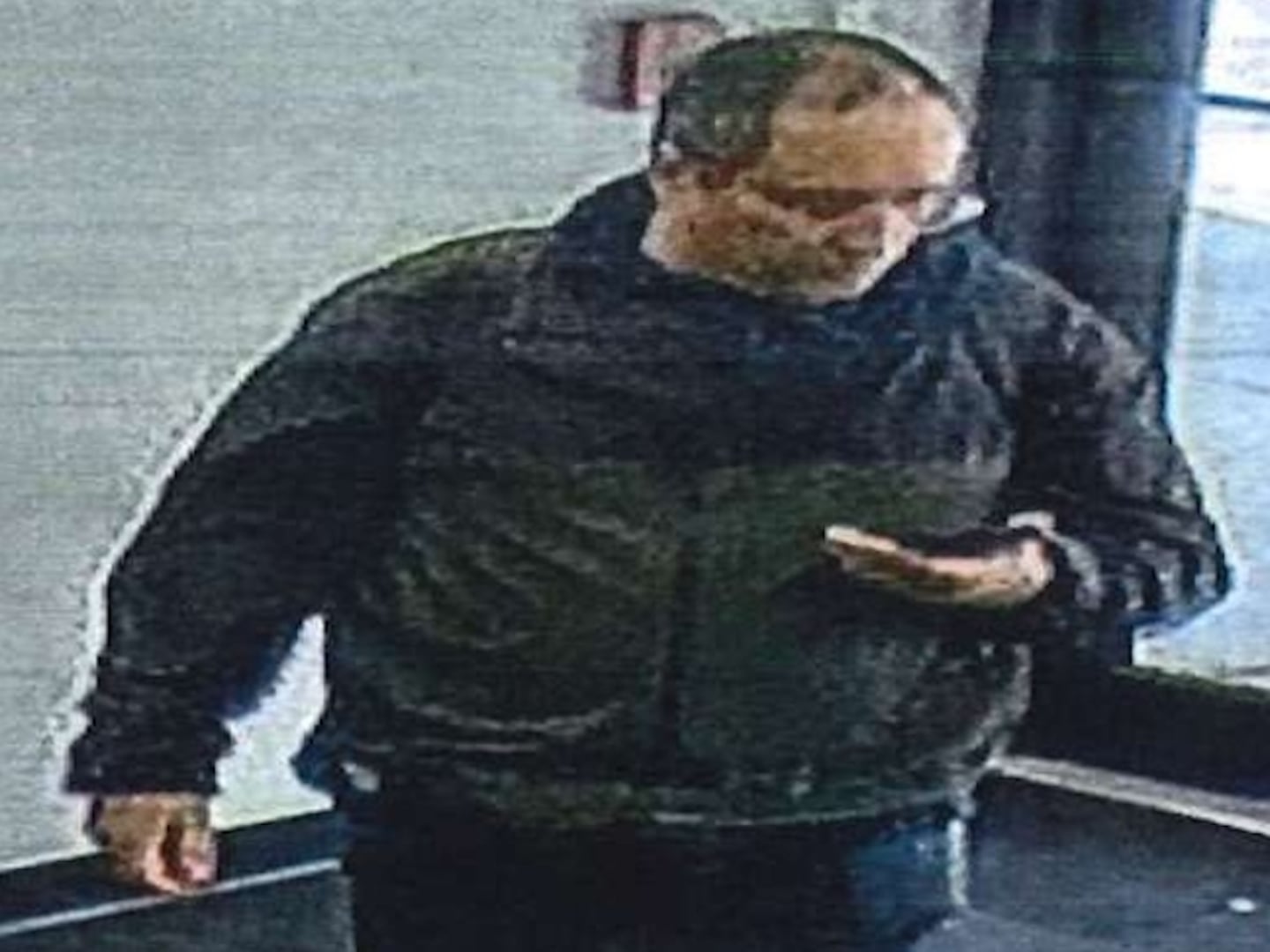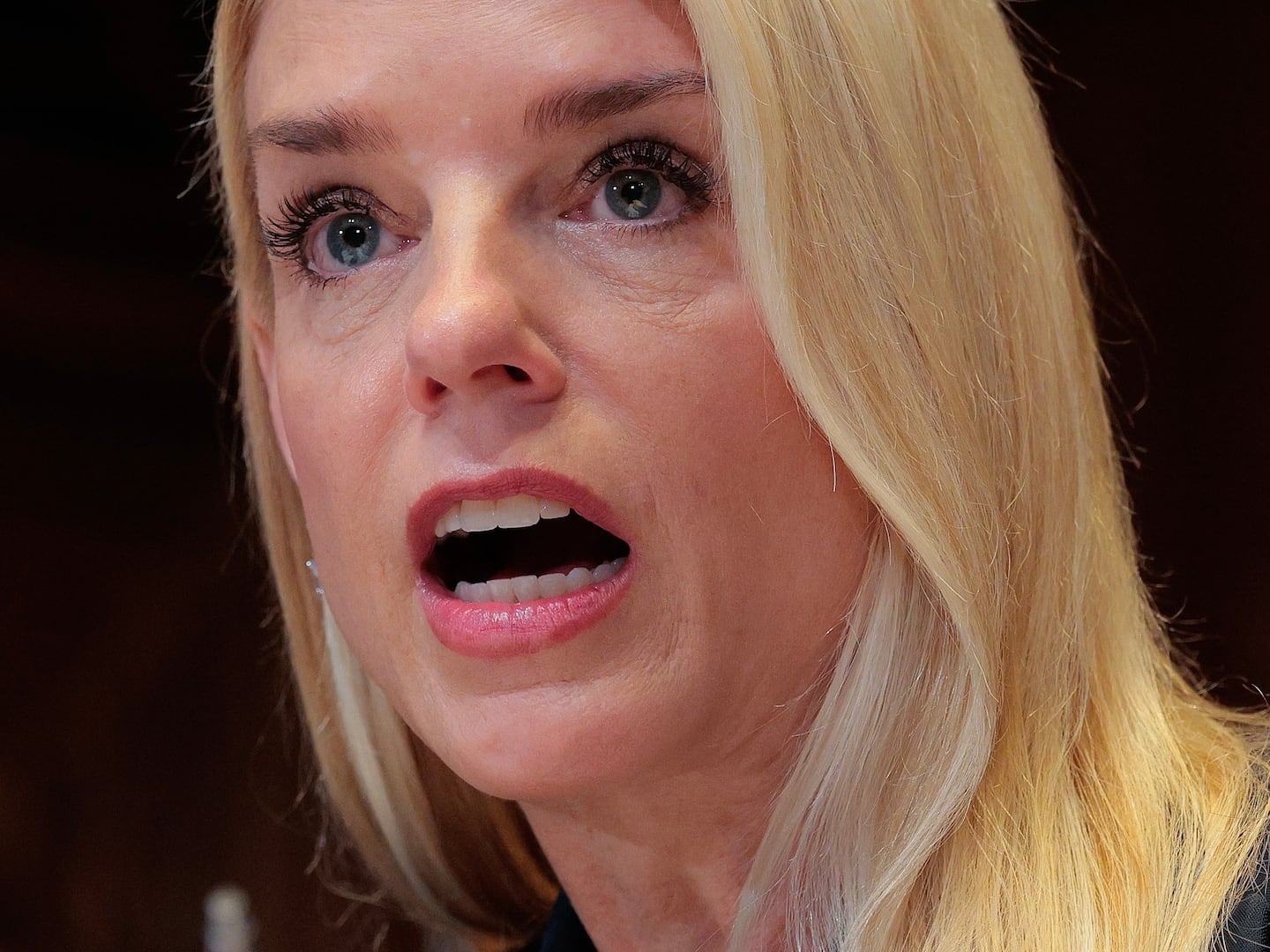Over the weekend, JetBlue pilot John Manwaring was arrested in Boston and charged with heroin possession. In a statement, JetBlue stated that he’s been removed from duty until the outcome of his case is decided.
According to the police report, Manwaring was arrested after officers watched him walk into Boston Common with a woman they recognized as a drug user, and two others with prior drug arrests. The four huddled together and cops approached Manwaring and the woman, 31-year-old Jennifer Robinson, as they walked away from the scene. Police say they discovered a plastic bag containing what they believed was heroin and a crack pipe in Robinson’s bra and a bag of the same substance in Manwaring’s pant pocket. Manwaring insisted, the police report notes, that he was not a drug user and had just accompanied Robinson while she bought drugs for herself because he wanted to have sex with her. A drug test Monday about 24 hours after his arrest showed he had no drugs in his system, his defense lawyer told The Boston Globe on Tuesday.
Whether Manwaring planned on consuming the drugs or simply had them in hopes of getting laid will be determined in court. But the truth—or rather, the complexity of the case—has already been eclipsed by the news that a commercial airline pilot was arrested for heroin possession, undoubtedly stoking the anxieties of more than 20 million Americans who suffer from aviophobia—fear of flying. Though JetBlue has not confirmed when Manwaring last flew one of its planes, the police report notes that the pilot said he flew into Boston on Sunday and was scheduled to fly out of Logan International Airport early Monday morning.
Pilot Patrick Smith disparaged the 2012 film Flight, starring Denzel Washington as a substance-abusing airline pilot, for reinforcing the drunk-pilot stereotype, which, he wrote, is inaccurately based on “rare but high-profile reports of commercial pilots who’ve been caught while under the influence.” Still, while Washington’s “Whip” Whitaker may have been more cartoonish than correct, toxicology testing of pilots who’ve died in aviation accidents over the last 20 years have found that a significant proportion of those pilots were under the influence of drugs when they died. According to the Federal Aviation Administration and the Office of Aerospace Medicine, 11 percent of the 5,321 pilots involved in aviation accidents between 1990 and 2005 tested positive for drug use. Between 2004 and 2008, 37 percent of the 1,353 pilots who died in aviation accidents tested positive for drugs.
Dr. Greg Skipper is the director of Professionals Health Services at Promises treatment center in Santa Monica, California. The program is specifically designed for professionals in safety-sensitive positions, such as pilots, doctors, and lawyers, who are required to undergo more exhaustive, personalized drug and alcohol treatment than the average person. He says about 15 percent of his clientele are pilots.
The biggest difference between drug and alcohol treatment for professionals like pilots and the general population is the long-term monitoring that is required before and after people return to work. In conjunction with the Federal Aviation Administration and the Air Line Pilots Association, the collective bargaining union that represents 31 U.S. and Canadian airlines, the Human Intervention Motivation Study (HIMS) Program was developed in 2009 to identify, treat and, eventually, re-certify airline pilots with substance abuse problems. Skipper said he works with HIMS to monitor pilots after they’ve completed treatment. All pilots are required to be examined every six months by a private Aviation Medical Examiner, but there are certain AMEs scattered throughout the country who are certified to do substance abuse monitoring. In addition to working with those doctors, Skipper keeps tabs on his pilots with the help of technology such as SCRAM ankle bracelets that measure a person’s blood alcohol level through their skin every 30 minutes, and photo digital breathalyzers that send real-time results via text message.
“The minute they blow, you can call the airline and pull them off flight status,” Skipper said.
If Skipper recommends that a pilot use one of these digital breathalyzers (his preferred brand is silver link, which uses the Verizon network) they must buy the device and pay the $125 fee to use it. To ensure that pilots use it before each flight, Skipper explained, he can schedule a blow and if it’s not completed within 15 minutes, he’ll get a notification on his phone.
As for how drug and alcohol problems among pilots are identified, the Air Line Pilot’s Association sent The Daily Beast the following statement:
“The U.S. Department of Transportation has mandated a rigorous drug testing procedure for airline pilots to ensure that they do not fly under the influence of drugs or alcohol. This procedure includes random, reasonable suspicion, and post-incident testing. All airlines and airline pilots are required to comply with these procedures.”
Commercial airline pilot is consistently placed near the top of “Most Stressful Jobs” lists. Skipper clarifies that the stresses involved in flying planes may push someone who is prone to addiction toward substance abuse, but those stresses do not create addiction any more than the stresses of any other profession.
“We always say addiction is an equal opportunity affliction,” Skipper said. “They just get more intensive care than everybody else.”






